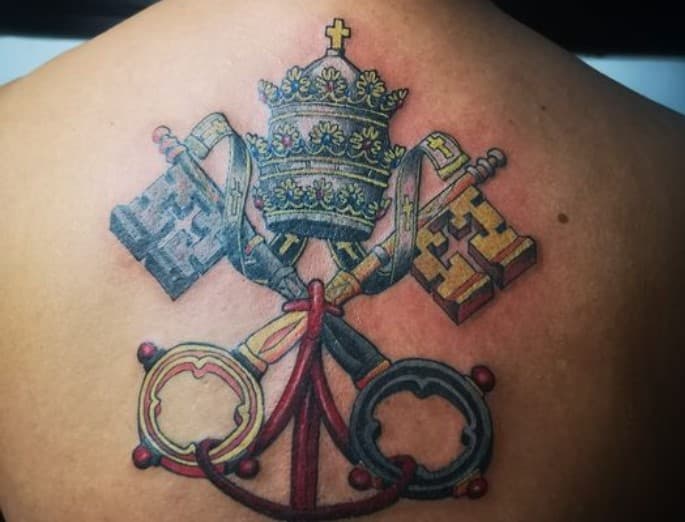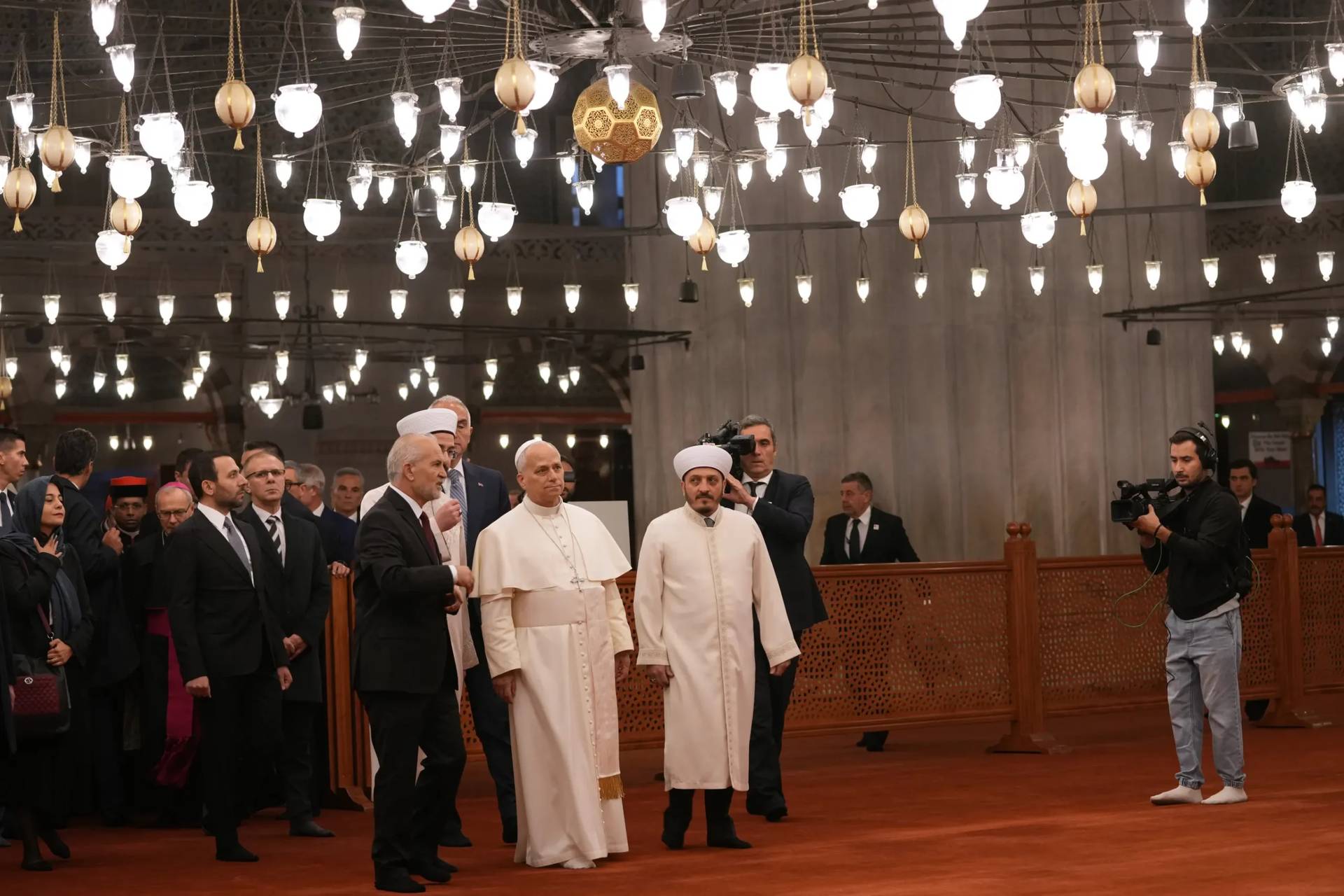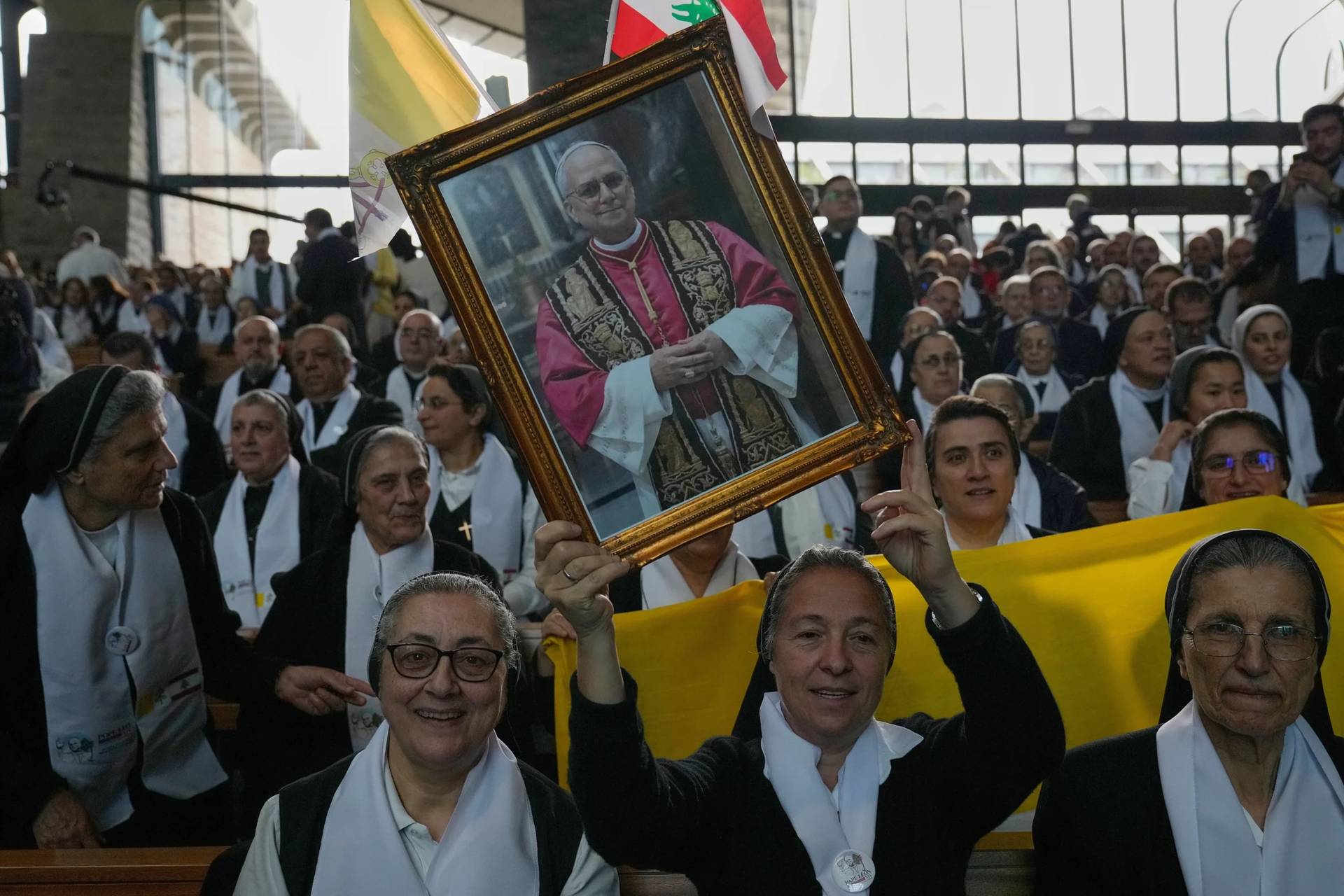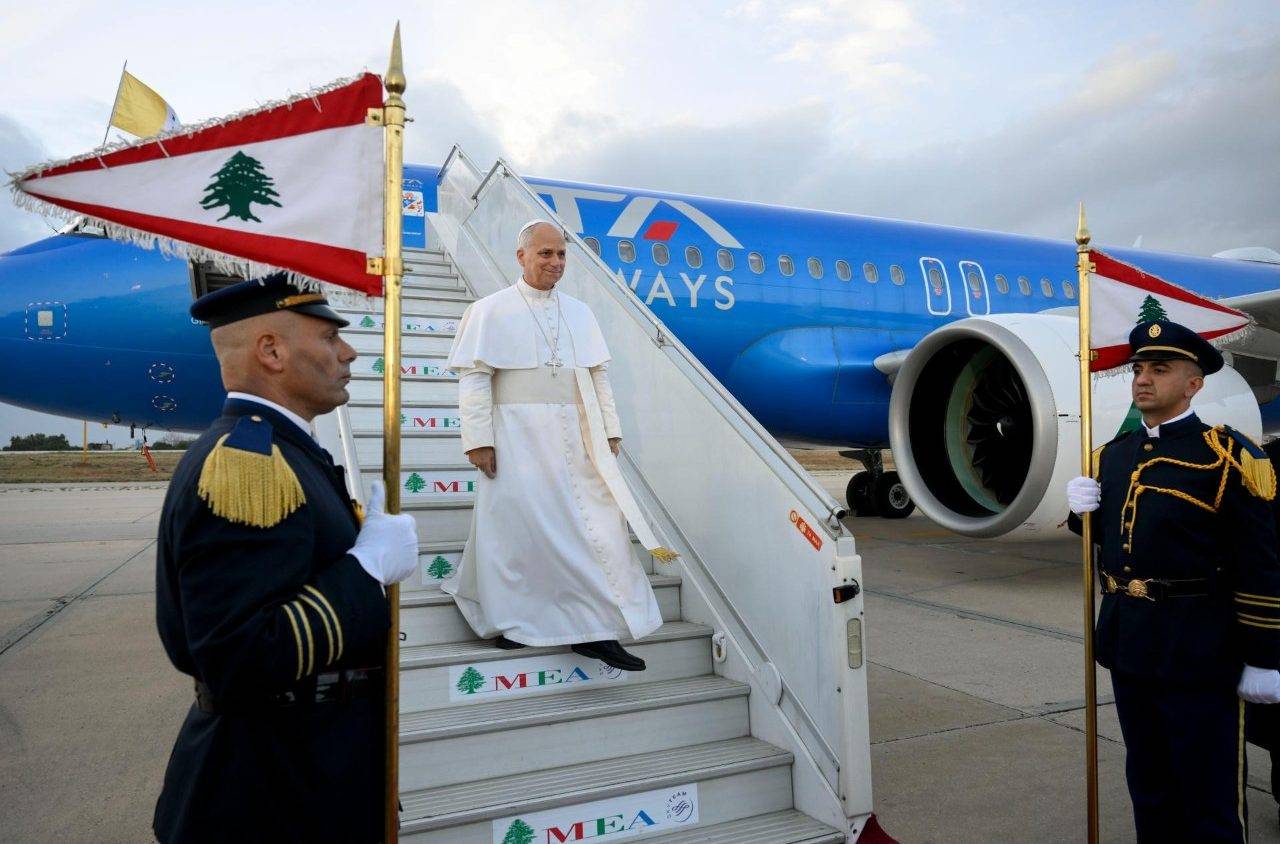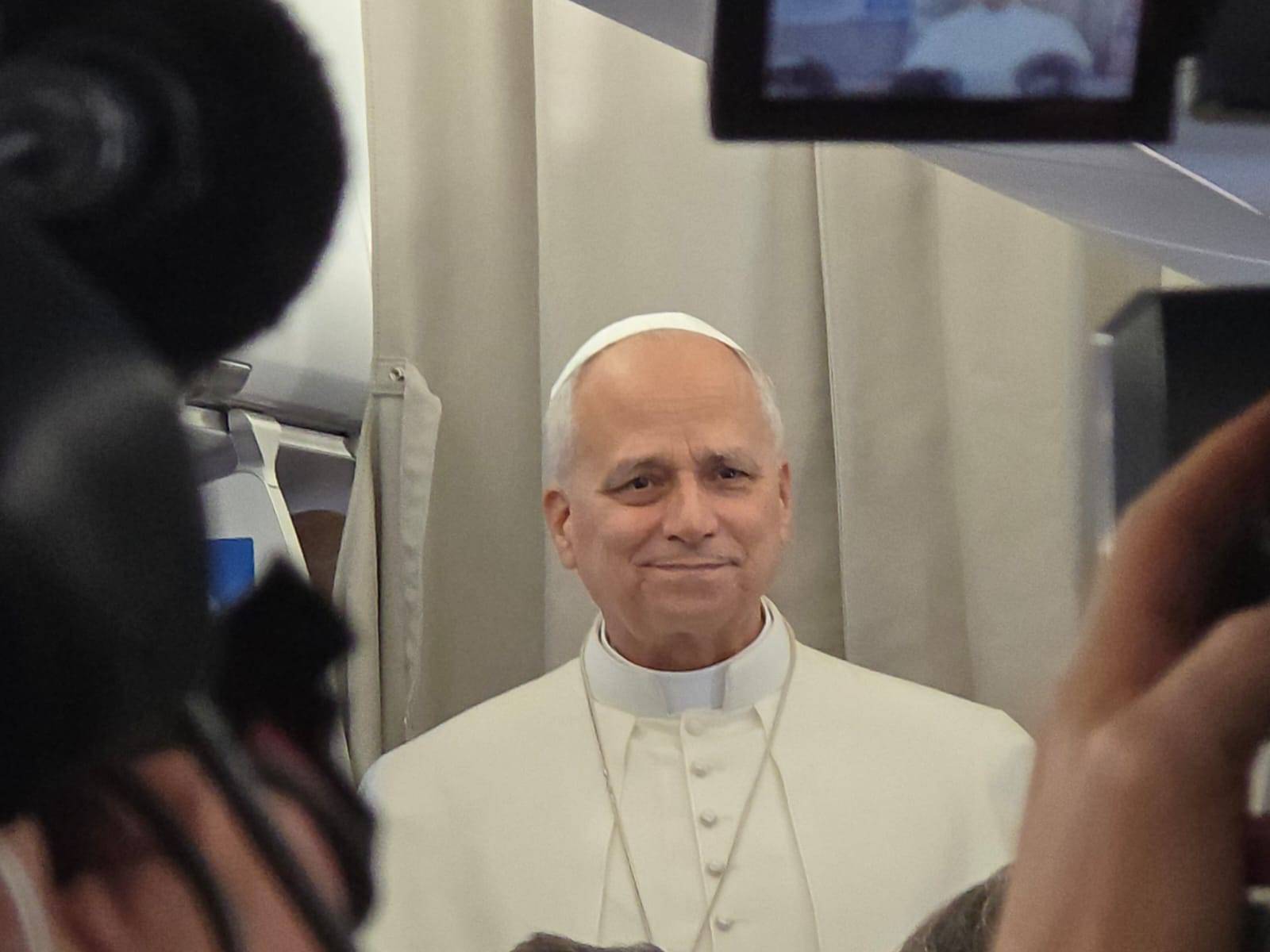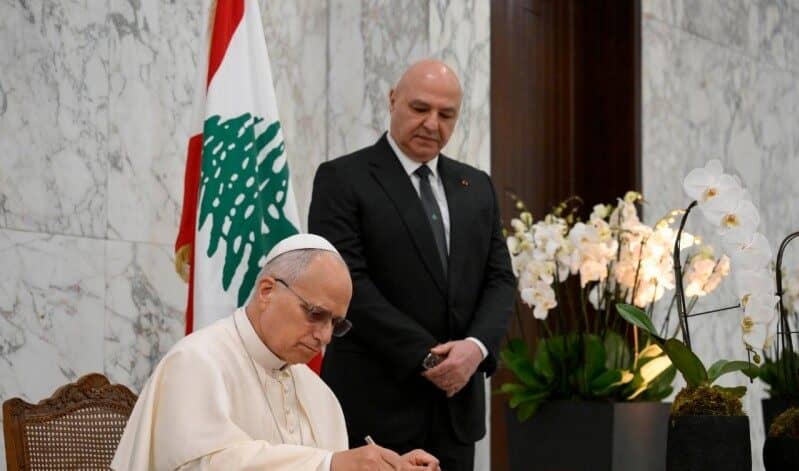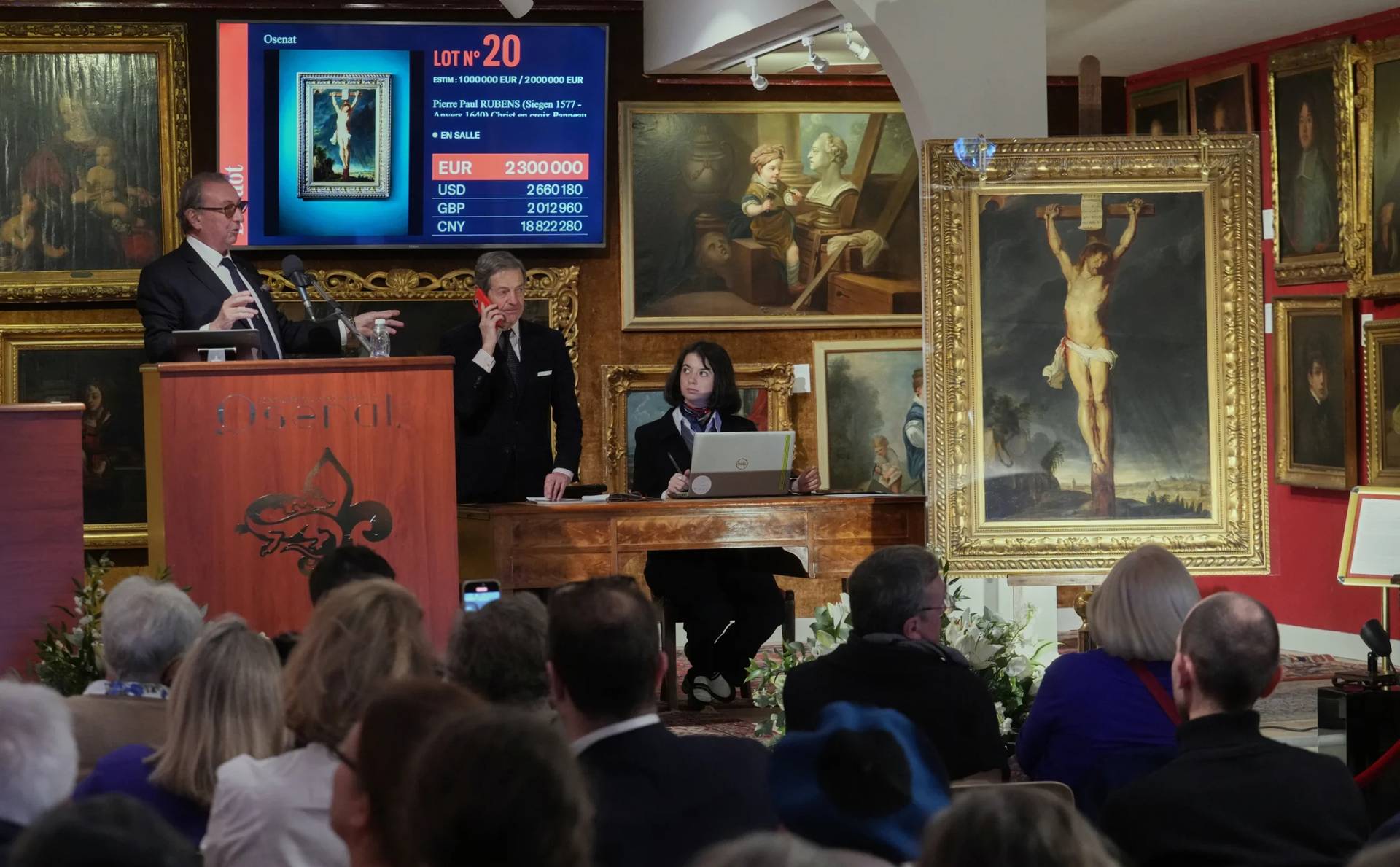ROME – Back in 2018, Pope Francis famously insisted the Church should not be “afraid” of the tattoos many young people sport, saying that priests actually can learn from them because they often communicate something important about the personality of the wearer.
“It’s important not to be scared. With young people, one should never be scared. Never,” he said at the time.
It turns out, however, that the pontiff’s seemingly benign view of tattoos doesn’t extend to his own workforce in the Vatican. New rules for employees of St. Peter’s Basilica issued June 29 specify that personnel may not have visible tattoos or piercings, and theoretically could be suspended if they do.
The new provisions were part of a twin set of new statutes released on Saturday, which the feast day of Sts. Peter and Paul, one governing the Fabbrica di San Pietro, meaning the administration of the basilica, and the other its “chapter,” referring to a body of retired priests who assist in liturgical and sacramental life.
Among other things, the new rules require basilica employees to “commit to adhering to principles of exemplary religious and moral conduct,” including not cohabitating outside of marriage. Employees must not have a criminal record, and must be both baptized and confirmed in the Catholic Church. They must also produce a letter from a parish priest testifying to their good standing.
The rules apply to all employees of the basilica, who include artistic experts and architects in addition to the so-called Sampietrini, meaning laborers who carry out routine maintenance and operations.
In addition, personnel are also barred from “taking part in activities, or attending rallies, which are inappropriate for a Vatican employee.” Most observers have taken that provision, at least in part, to refer to events such as the Gay Pride rally which was staged in Rome on June 15.
On another front, the new rules also address the chronic leaks which have beset the Vatican in recent years, and which have resulted in two separate scandals known as “Vatileaks.”
Personnel are required at the time of hiring to make a profession of faith or a loyalty oath, including the promise to maintain what’s known as the “secret of the office,” generally meaning confidentiality, before one of the superiors of the basilica.
Employees are also banned from giving interviews to media outlets without authorization, and from divulging any information covered by the “pontifical secret.” They may not invite outsiders into their workplace, and may not remove “original documents and photocopies or electronic copies and other archival materials.”
In what amounts to a fairly clear break with previous Vatican practice, the rules also discourage nepotism, barring the hiring of close blood relatives of current employees without the express consent of the cardinal in charge of the basilica.
The other set of new norms governs the basilica chapter, an institution which has existed in one form or another since the second half of the 11th century. Originally, the role of the chapter was to oversee sacramental life in the basilica and to administer its property, including artwork, other goods, and even real estate donated to the papacy.
Today financial oversight has largely been turned over the administration of the basilica, while the chapter has come to focus more on liturgical and sacramental matters. It’s composed of a vicar and 34 members, mostly retired clergy, who traditionally have been granted a stipend and living quarters in addition to fees for specific services.
Among other things, the new provisions specify that the canons will become merely “honorary” once they reach the age of 80 and will no longer receive stipends, though they will be allowed to retain their title and to participate in liturgical and pastoral activity in the basilica. They also will retain the right to be buried in the chapel of the chapter.
The same rules apply to canons who have not taken part in meetings and liturgical events in the basilica for more than a year.
